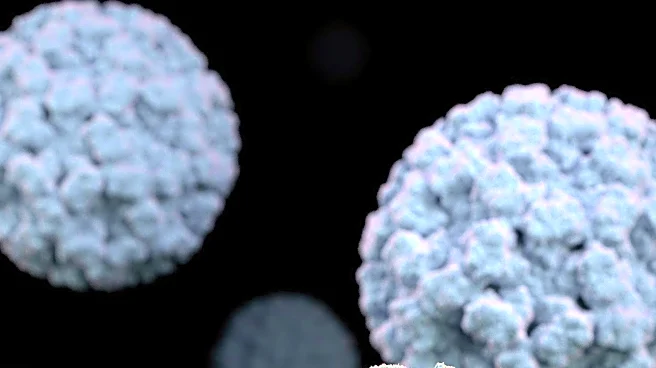What's Happening?
A clinical trial has demonstrated the efficacy and safety of a modified ozone-mediated neurolysis technique in treating patients with resistant hypertension (RH). The procedure involves applying ozone to the lumbar sympathetic ganglia, which are associated
with renal sympathetic innervation, leading to a significant reduction in blood pressure (BP) that persists for up to six months postoperatively. The study found no significant adverse events associated with this technique, highlighting its potential as a new treatment option for RH. The ozone-mediated neurolysis mimics the antihypertensive effects of renal denervation (RDN) while avoiding the risks associated with catheter-based procedures.
Why It's Important?
Resistant hypertension is a challenging condition that affects many patients who do not respond to conventional treatments. The development of a safe and effective alternative like ozone-mediated neurolysis could provide relief for these patients and reduce their reliance on multiple antihypertensive medications. By targeting the sympathetic ganglia, this technique offers a less invasive and cost-effective solution compared to traditional RDN methods. Its ability to lower BP without significant side effects could improve patient outcomes and quality of life.
What's Next?
Further studies are needed to explore the long-term effects and mechanisms of ozone-mediated neurolysis in treating resistant hypertension. Researchers may focus on optimizing the procedure and expanding its application to a broader range of patients, including those with severe renal dysfunction. As the technique gains attention, it may lead to new guidelines and treatment protocols for managing RH.
Beyond the Headlines
The use of ozone in medical treatments raises questions about its safety and environmental impact. As research continues, it will be important to address these concerns and ensure that the benefits of ozone-mediated neurolysis outweigh any potential risks.













